FULLNESS:
Empty
¼ Full
½ Full
¾ Full
Full
Unsprayed/Full
Unsprayed
CONDITION:
Grade A
Perfect condition. Very rarely used, more of a theoretical grade. Almost every can, no matter how wonderful the condition, will have some minor flaws upon close inspection. A tiny bit of tarnish on the side of a rim, a minuscule knick in the paint, a blemish on the seam, any wear to a paper label at all, or any other tiny defect will rule out applying a grade of A. A conservative grader will have few or no cans graded A.
Grade 1++
1++ means almost A or almost perfect. Paper labels will show only very minor wear, no tears, no rips or holes. One or two extremely minor flaws which are not apparent or barely apparent upon close inspection are allowed. Most of the imperfections on a 1++ can will be on the rims (necks) of the can, which will show almost no or very minor burrs or minor oxidation/tarnish. Paper labels must be in excellent shape with no foxing, rust spots, glue spotting, tears, printing smears or misprints. It is very difficult to find older paper labels in 1++ condition. This is the general best grade that most cans can be found in. A can that has no shelf-wear or handling wear meets this grade. Decals are fully intact.
Grade 1+
Grade 1+ cans have very few imperfections, a very clean can that displays nicely from all angles. Vast majority of can is near perfect. Minor handling or shelf wear is apparent. Paper labels might have one small tear on the edges, but still appear intact and tight with no glue spotting. This grade is for the average can that has been in a store, handled but not abused. Oxidation to collar rims is very minor, no oxidation to seam if a printed (litho) can. No missing cap labels at this grade, no signs of overspray if used. Most paper label cans can only reach this grade.
Grade 1
A grade 1 can may have some flaws, minimal flaws upon close inspection, but not seriously detracting flaws. A few small flaws, one or two of which may be noticeable from 3 feet or more when displayed. Some very minor humidity spotting and some light scratches are acceptable in this grade. Fading, rust, severe dents must be absent from the body of the can in this grade. Slightly more oxidation discoloring to collar rims and seam oxidation is acceptable for this grade, as well as very minor overspray.
Grade 1-
A very clean can, completely indoor found. A 1- can may have flaws but none that are major. No holes, no significant rust pits or spots, stains. Glue spotting visible through paper label is only allowed for this grade or lower. Imperfections remain relatively isolated on 1- cans. Oxidation or overspray may be slightly more severe, but oxidation cannot reach 50% of rims/collars. Paper labels may show minor but consistent signs of handling and scuffing, but overall will be intact and without tears to edges.
Grade 2+
A grade 2+ can is an indoor found can with slightly more significant imperfections. It will typically show a few small flaws or one moderate flaw, but none major, to warrant this grade. One or more minor tears to a paper label, a larger dent, slight rust past the point of oxidation to the rims, are all factors that make a can grade 2+ or less. Rim oxidation/tarnish exceeds 50% of both collars in most 2 range cans. 2+ cans display very well but are noticeably out of the 1 range.
Grade 2
A grade 2 can either is an indoor found can in the poorest condition for an indoor can or about as good as an outdoor found can gets. Noticeable spots/scratches, paper tears or dents. Larger spots, minor rust, and minor fade may exist on can. Minor tears or wear spots to paper label may exist but not dominate overall graphics. Still must have correct overcap.
Grade 3
Heavy spots, rust, scratches and more significant fade may exist. Very noticeable imperfections but everything on can is readable. If a paper label, paper is markedly damaged but glued seam is still intact and label is still holding to can. This is where the noticeable outdoor/recycling cans mostly lie. Grade 3 cans still have their correct overcap, and overcaps may be missing a decal. Overcaps missing any labels (barcodes, name, ingredients) fall into this grade.
Grade 4
May have holes, very poor condition, excessive spotting, but at least half of can is readable. On a grade 4 can most of the text/graphics can be seen. If a paper label, label is noticeably loose and/or largely marked with paint, oil, or other substance. Grade 4 cans may be missing their overcap or have an incorrect cap. A leak or burst to the can may only occur in this grade or lower.
Grade 5
Very poor condition, most of can not readable/visible. Major rust, significant paper tears or missing paper label, severe dents, holes, severe fading, heavy overspray, foxing, etc. This is reserved for extremely damaged cans that are desirable only when no other is available. Overcaps are generally missing in this grade. The outdoor or recycling cans that are just worth keeping fall into this grade.
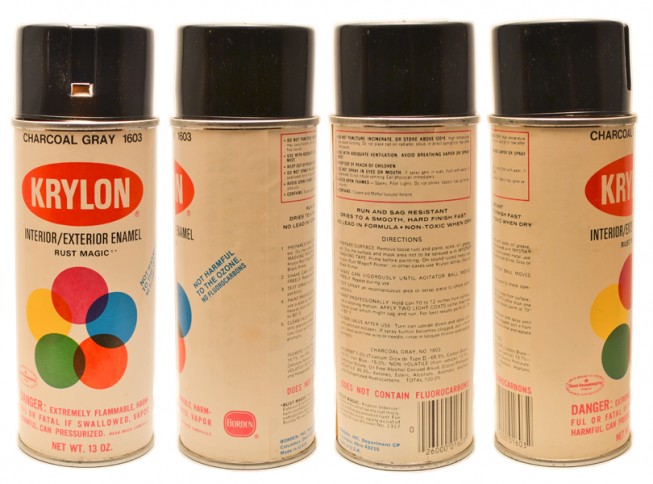
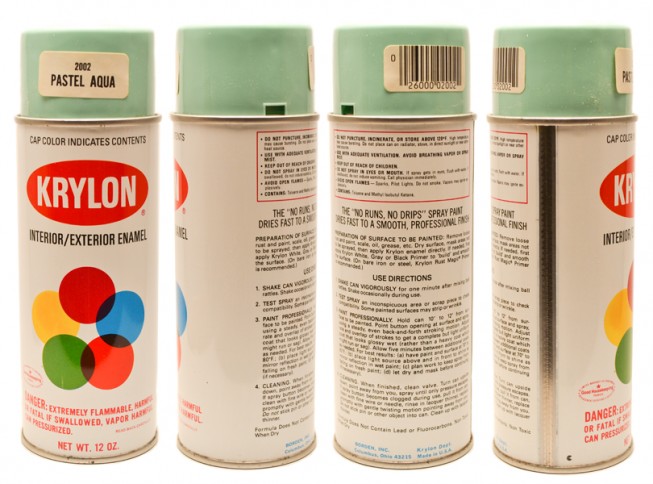
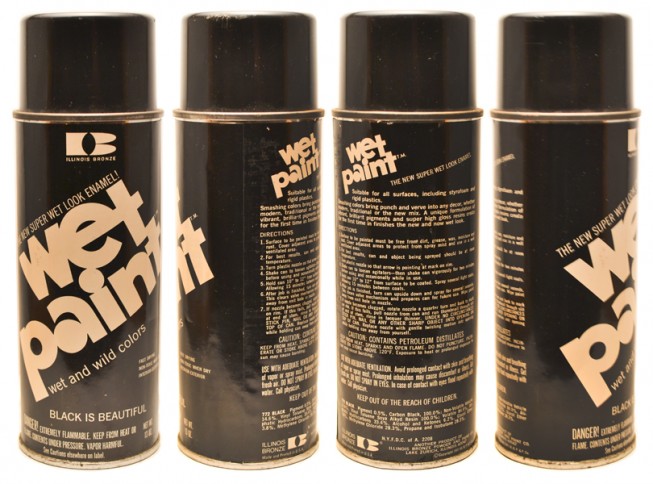
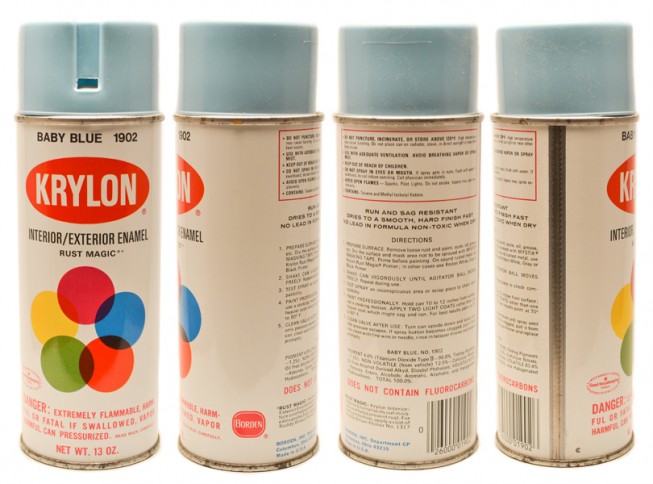

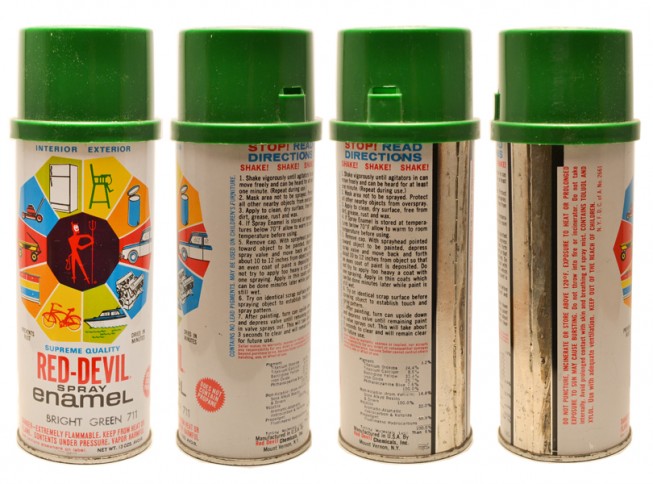
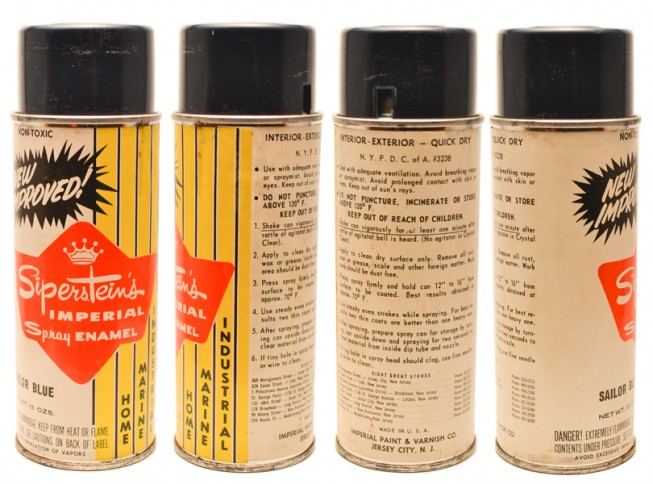
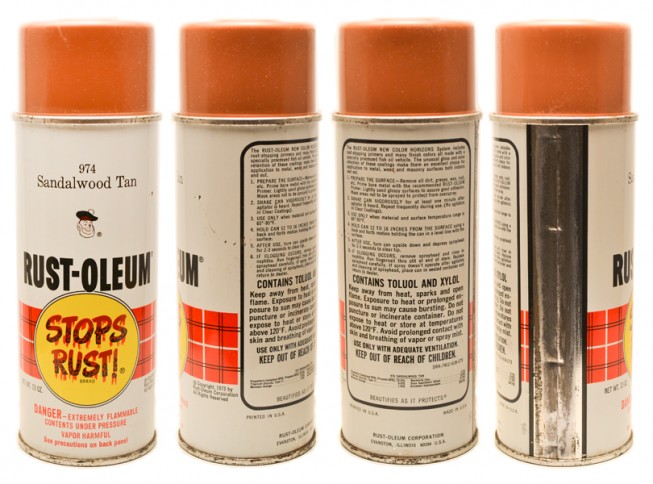
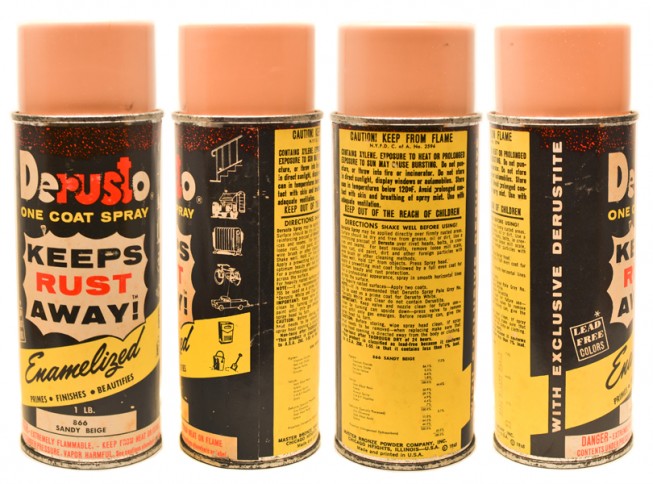
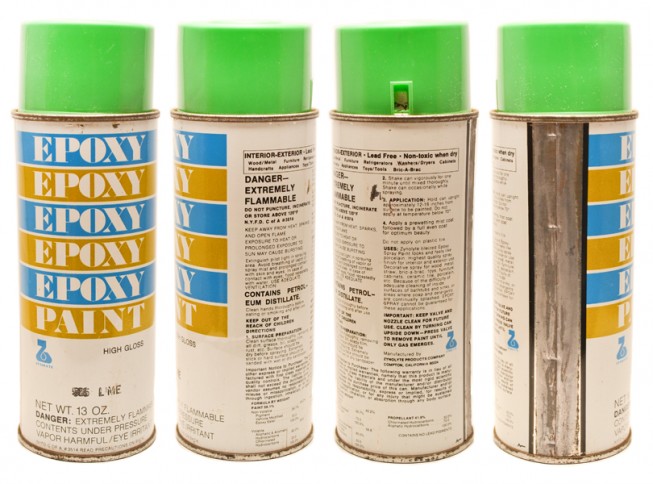
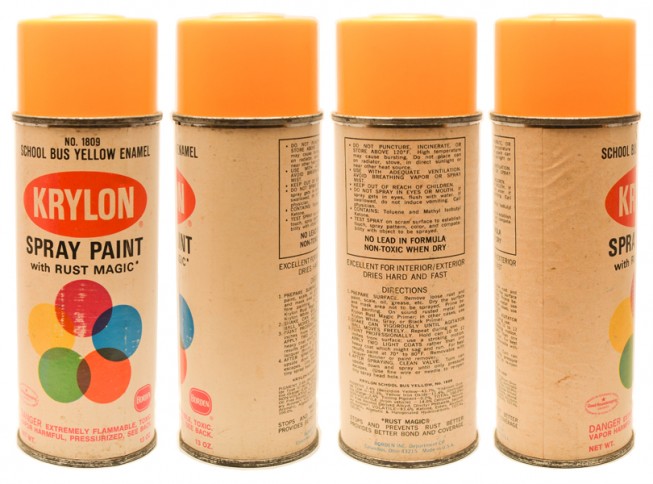
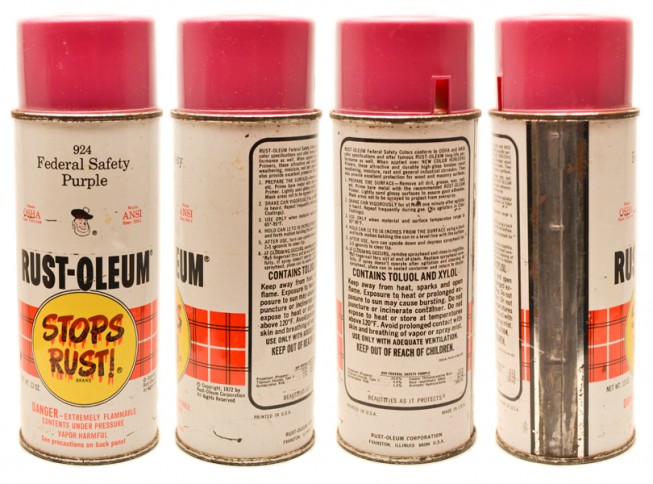
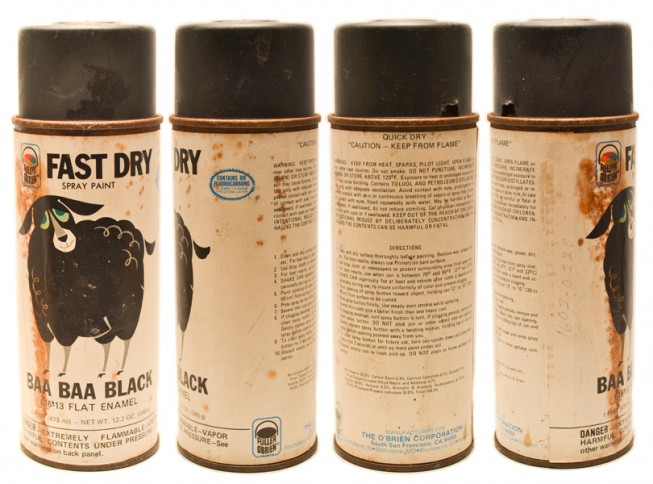
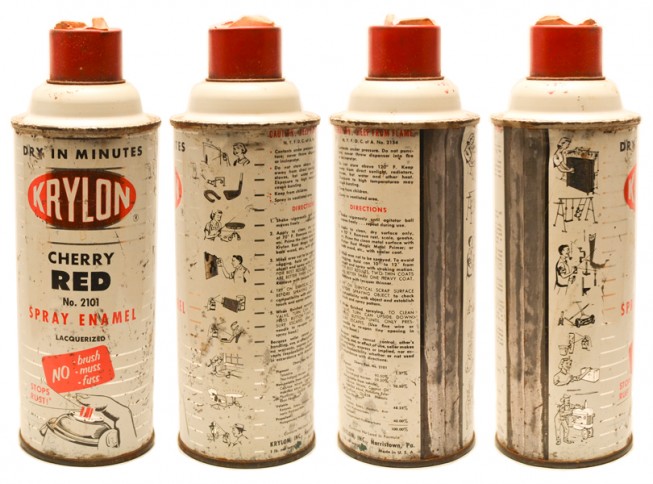




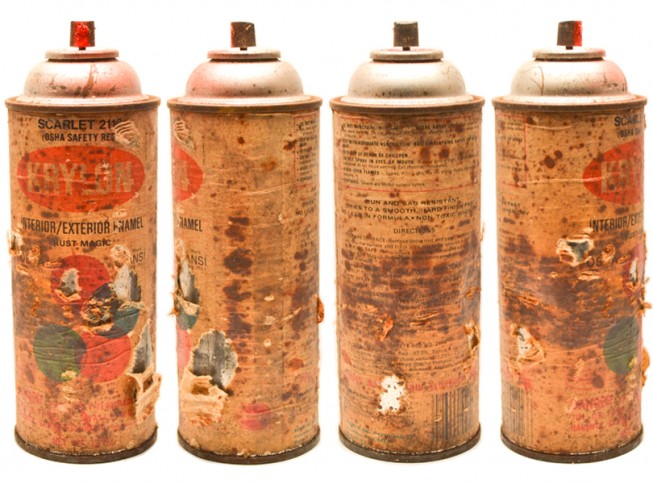
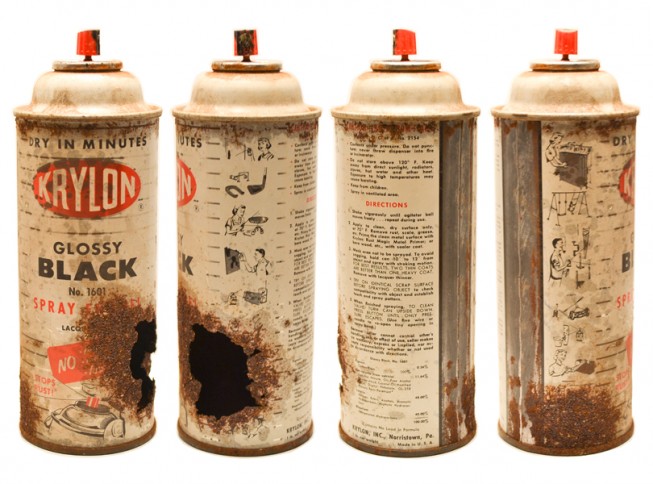
Leave a Reply